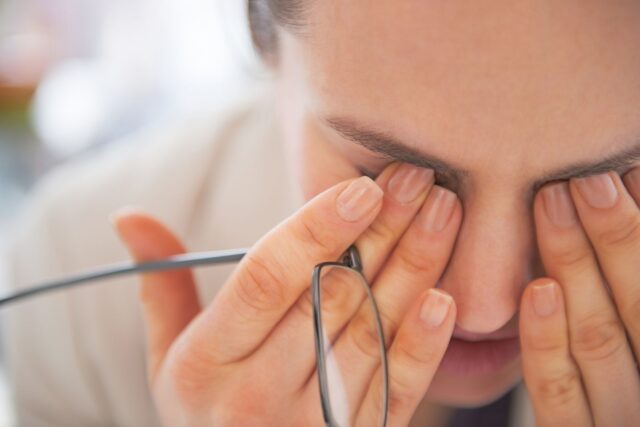
High levels of toxic and poisonous air is becoming a real concern these days. Agricultural and industrial waste, as well as fumes of vehicles, has contributed tremendously to the buildup of pollutants in the air. Even if you look around, you will notice hazy images everywhere. No, it’s not your mind playing tricks but the dense layer of smog that is basically a deadly combination of fog and smoke. Apart from causing a number of skin and respiratory illnesses, smog can affect your eyes too.
Ideally, one should follow proper precautions before going out in the smog. Especially, if you’re carrying contacts or have used eye makeup, you must follow certain steps to keep your eyes safe from the chemicals present in the smog.
You must remove your lenses if there’s dense smog outside as it may cause irritation and a number of other eye problems that may eventually lead to complex situations if not dealt in time (please see here to know more about this subject). Below you will find some amazing ways to lower down the detrimental effects of smog on your eyes. But, before that, have a quick look at what basically the term smog refers to and what causes it in the first place.
What is Smog?
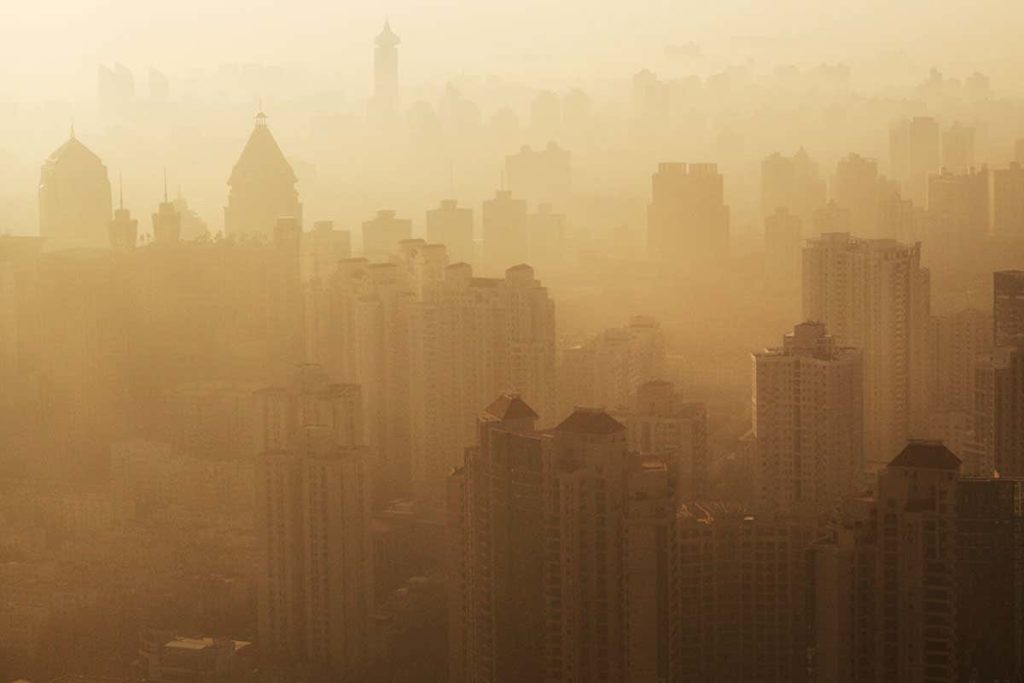
The term ‘smog’ was first suggested by Dr. Henry Antoine des Voeux in his popular paper which he introduced at the Public Health Congress back in 1905. According to him, smog is actually the lethal fusion of smoke and sulfur dioxide, which is connected with the use of coal at personal or professional scale.
The terms changed its context with time and we’re referring to a more intricate mixture of harmful pollutants when we talk about smog today. Noticeably, this mixture involves nitrogen oxide and other harmful chemicals that react with sunlight to generate ground-level ozone that looks like a dense layer of smoke in many automated countries.
Some people are more sensitive especially those having respiratory or cardiovascular diseases and reacts immediately than others. While the symptoms may vary from person to person, the initial signs generally include nose/throat irritation and breathing disorders.
What Causes Smog?
Smog is the outcome of various photochemical reactions including VOCs, nitrogen oxide and others that react with sunlight to produce ground-level ozone. There is a wide range of factors that contribute to the production of smog including automobile fumes, industries, manufacturing plants, and many products like hair sprays, chemical-based solvents, plastic packaging, etc.
In urban areas, most of the smog hails from transportation mediums such as cars and buses. Also, heavy traffic and greater temperatures add to the severity of smog.
The Most Common Areas Affected by Smog
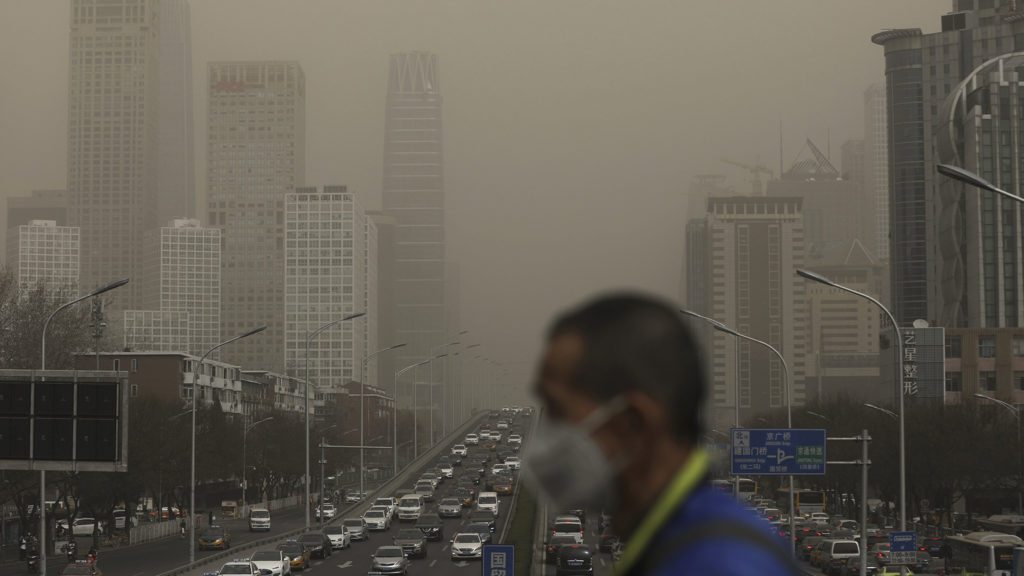
The presence of various chemicals and other toxic substances can cause various allergies, infections, and eye problems. Some of the most common areas affected by smog include:
- Red eyes
- Watery eyes
- Irritation
- Discomfort
- Swelling
- Itchiness
- Allergies
- Dry eyes
If left untreated, these symptoms can impact the overall quality of your life. For instance, it may:
Hinder your Everyday Activities
Your eyes can get extremely dry and moisture-less if exposed to smog for long hours, making routine tasks like reading or driving a hard job to do.
Increase Your Risk of Developing Complicated Eye Diseases
Due to tear evaporation, your eyes will be at increased risk of developing other complicated eye problems including infections, etc.
Damage Corneal Surface
In rare cases, the dryness can even impact the corneal surface of your eyes that can also trigger various vision problems if not handled in time.
Tips to Consider
Don’t let air pollutants ruin the health of your precious eyes. First and most importantly, recognize how smog is impacting your eyes. Visible signs such as redness, burning sensation, swelling, and blurred vision should be taken seriously. Make sure you immediately get in touch with your ophthalmologist if there’s no improvement and symptoms persist for a longer period of time. Here are some of the effective ways that can help you prevent smog exposure and minimize the risk of infections.
10Minimize Exposure to Harmful Pollutants
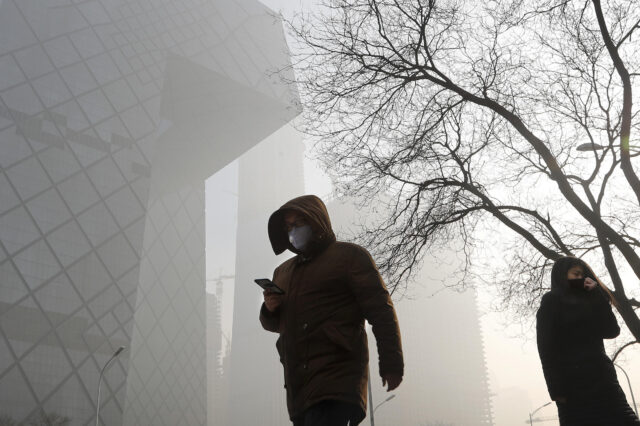
While it may sound weird, but you should at least try to stay indoors as much as you can to avoid exposure to harmful pollutants. Especially refrain from going out on days when there’s a public health warning or hours when the pollution levels are greater. However, if staying indoors in not an option, make sure you wear protective gear to minimize exposure to toxic air pollutants.
9Maintain Hygiene
You should maintain proper hand hygiene in order to prevent infections. This is especially crucial for those who wear contact lenses on a regular basis. Also, make sure you don’t rub your eyes often as it may lead to redness and irritation and can also cause various types of infection.
8Stay Hydrated

Smog is one of the biggest culprits when it comes to dry eyes and irritation. That is why it’s important that you keep yourself hydrated as it will also help inadequate tear formation. Ideally, you should consume 8-10 glasses of water on a daily basis to meet your daily water requirements.
7Eat Healthy
Diet that is rich in omega-3 fatty acids and Vitamin E is extremely beneficial for the health of your eyes. Make sure the large portion of your meal consists of leafy greens, nuts, and berries as these all options are full of minerals, vitamins, and nutrients that are essential to maintain the health of your eyes.
6Use Sunglasses
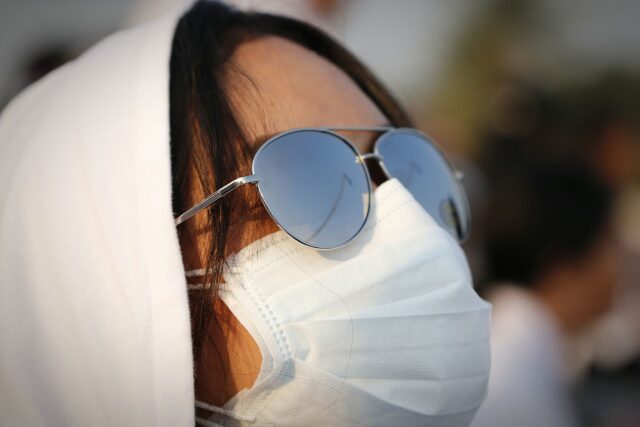
Make sure you always use sunglasses when outdoors. Sunglasses are a great way to cut exposure to smog and dust.
5Use Lubricants
A good-quality lubricant could be a savior. Ask your doctor for lubricating drops that can maintain the moisture in your eyes. While these drops are easily available over the counter, it’s best to seek professional advice first before selecting any product for your eyes.
4Minimize Your Use of Screen Gadgets
Do not overuse your screen devices like tablets, mobiles or laptops. If needed, ensure an ample gap to avoid eye fatigue and dryness.
3Maintain Good Air Quality
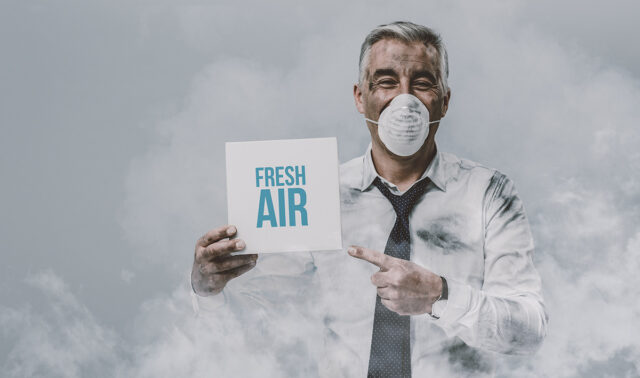
While it’s not possible to control the environment outside your home, try to maintain good air quality indoors. There are plants like money plant and Areca Palm that are believed to be great natural air purifiers. Also, you can install HEPA filters and humidifiers if your eyes are sensitive and reacts badly to air pollutants.
2Regular Checkup
Last but not least, always get your eyes examined by a professional ophthalmologist to avoid irreversible long-term troubles.
Additional Tips
– Do not use contact lenses if you’re already suffering from irritation or discomfort. Also, avoid heavy eye makeup especially kajal and mascara as they can complicate eye allergies and can also cause different types of infection.
– Thoroughly clean your eyes with cold and clean water at least twice a day to wash out dust and other impurities
Final Words
All in all, smog can impact the health and overall well-being of our eyes. However, you can significantly reduce the risk of infections if you take proper precautions beforehand.







